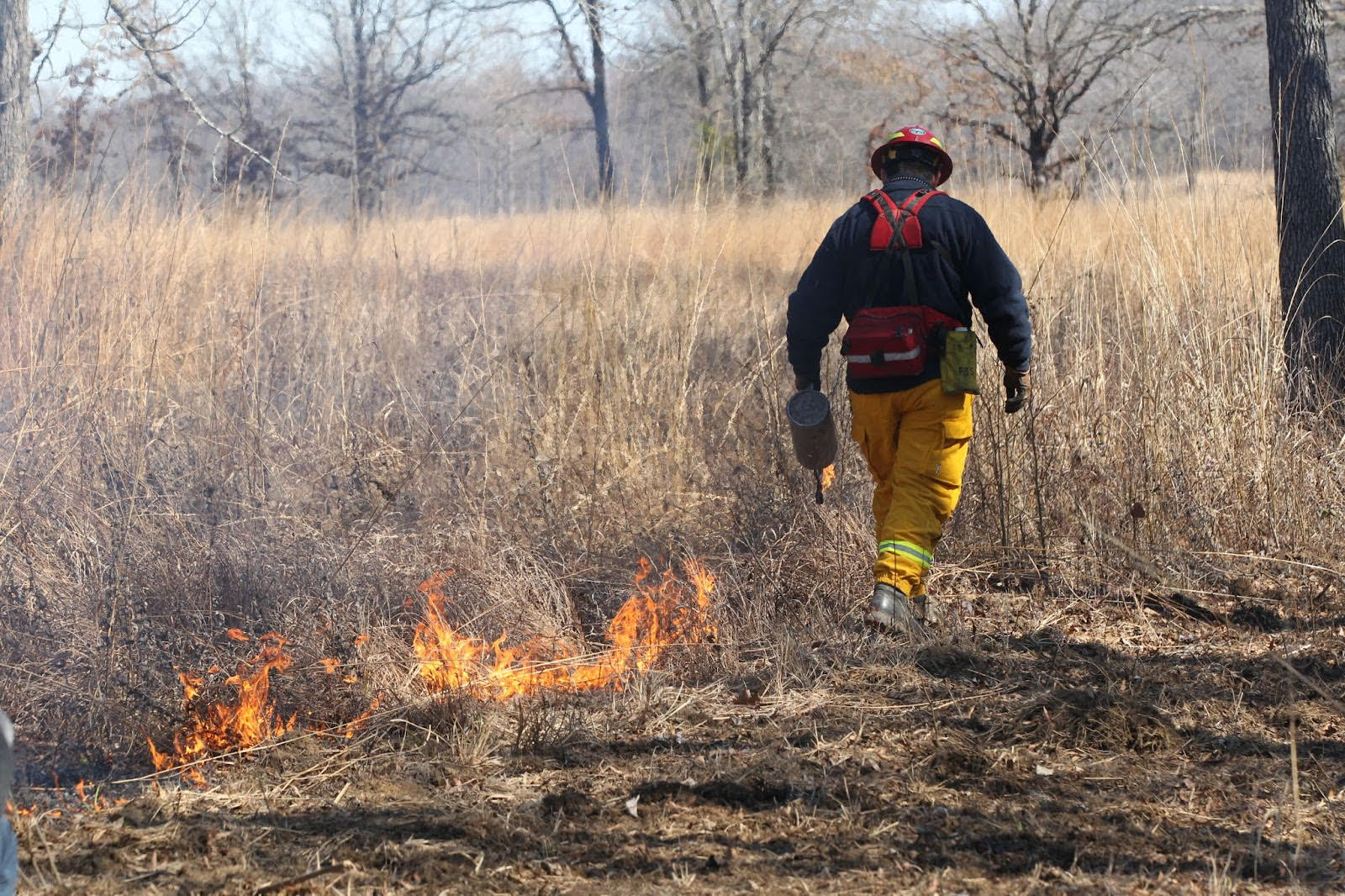AGFC to break down barriers with federal grant
ON 05-15-2024
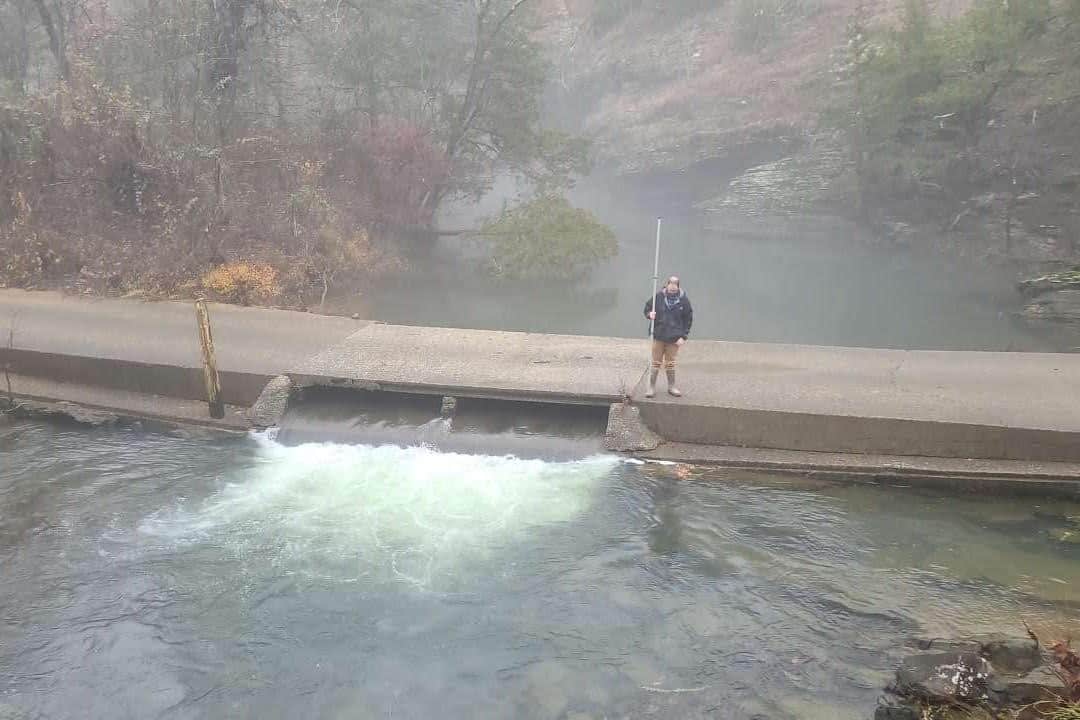
DE QUEEN — Thanks to a Bipartisan Infrastructure Law investment of $2 million from the U.S. Fish and Wildlife Service, the Arkansas Game and Fish Commission will be able to tear down five stream barriers on the Robinson Fork of Little River, restoring stream connectivity to more than 150 miles of aquatic habitat in south Arkansas.
The work will replace five low-water road crossings on property owned by Weyerhaeuser and Polk County with railcar bridges to open up year-round access for fish to move freely throughout the stream.
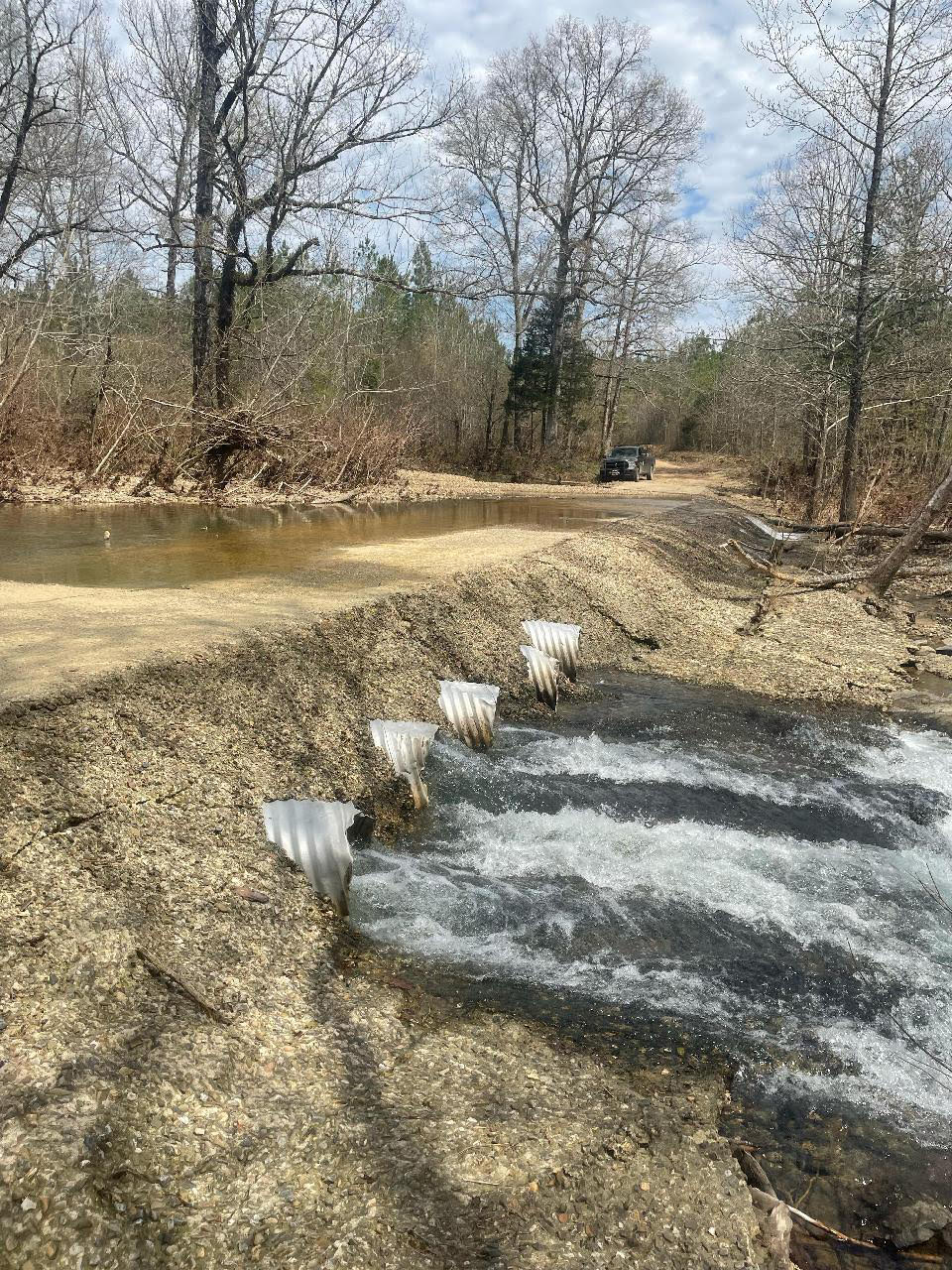
“We’ve always identified these barriers as possibly being important for stream habitat work in south Arkansas and this was confirmed in barrier assessments recently completed by the South Arkansas Stream Habitat Coordinator Aaron Norton. The new opportunity for funding through the Bipartisan Infrastructure Law enabled us to give them more attention,” Tim Burnley, Stream Habitat Supervisor for the AGFC, said. “Lo and behold, our proposal was one of the 43 projects that will be funded.”
The Bipartisan Infrastructure Law investment of just over $70 million will address these outdated and obsolete barriers in 43 projects across 29 states. These funds build on the Service’s 2022 and 2023 Bipartisan Infrastructure Law National Fish Passage Program investments of nearly $73 million for 79 projects across the U.S. The newly announced project list represents the third and fourth years of funding of a five-year, $200 million commitment to restore free-flowing waters, allowing for fish migration and protecting communities from flooding.
“We’ll also be doing a lot of stream stabilization work around these areas that will reduce sedimentation in the stream and increase overall water quality,” Burnley said. “This work will greatly improve the habitat for many federally threatened species as well as the federally endangered Leopard Darter, which historically resided in this stretch of the river. The ultimate goal is to reintroduce this species back into Robinson Fork”
In addition to Weyerhaeuser, and the AGFC, the Arkansas Stream Heritage Partnership and Howard Polk and Sevier counties are all collaborating to make the project a success.
“We also received the support of the Choctaw nation of Oklahoma, as these barrier removals open up fish passage to areas far upstream of Arkansas and will let native fish access historic habitats in Oklahoma,” Burnley said.
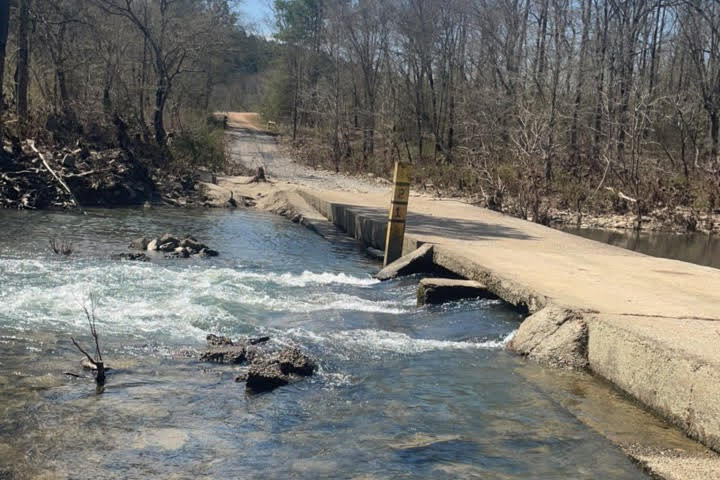
The USFWS’s National Fish Passage Program, which is funded under the Bipartisan Infrastructure Law, works to restore degraded and fragmented aquatic habitats while decreasing public safety hazards by removing obsolete dams or improving water delivery for local agricultural irrigation districts.
####
CUTLINES:
LOW WATER BRIDGE WITH MAN
Five choke points like this one on the Robinson Fork of Little River will be replaced with railcar bridges to allow free flow of water and aquatic species throughout the year.
CULVERTS
Culverts under this road crossing restrict fish passage and will be removed as part of the announced project.
LOW WATER BRIDGE
This bridge prevents upstream travel by many aquatic species throughout much of the year when water levels are low.
Recent News
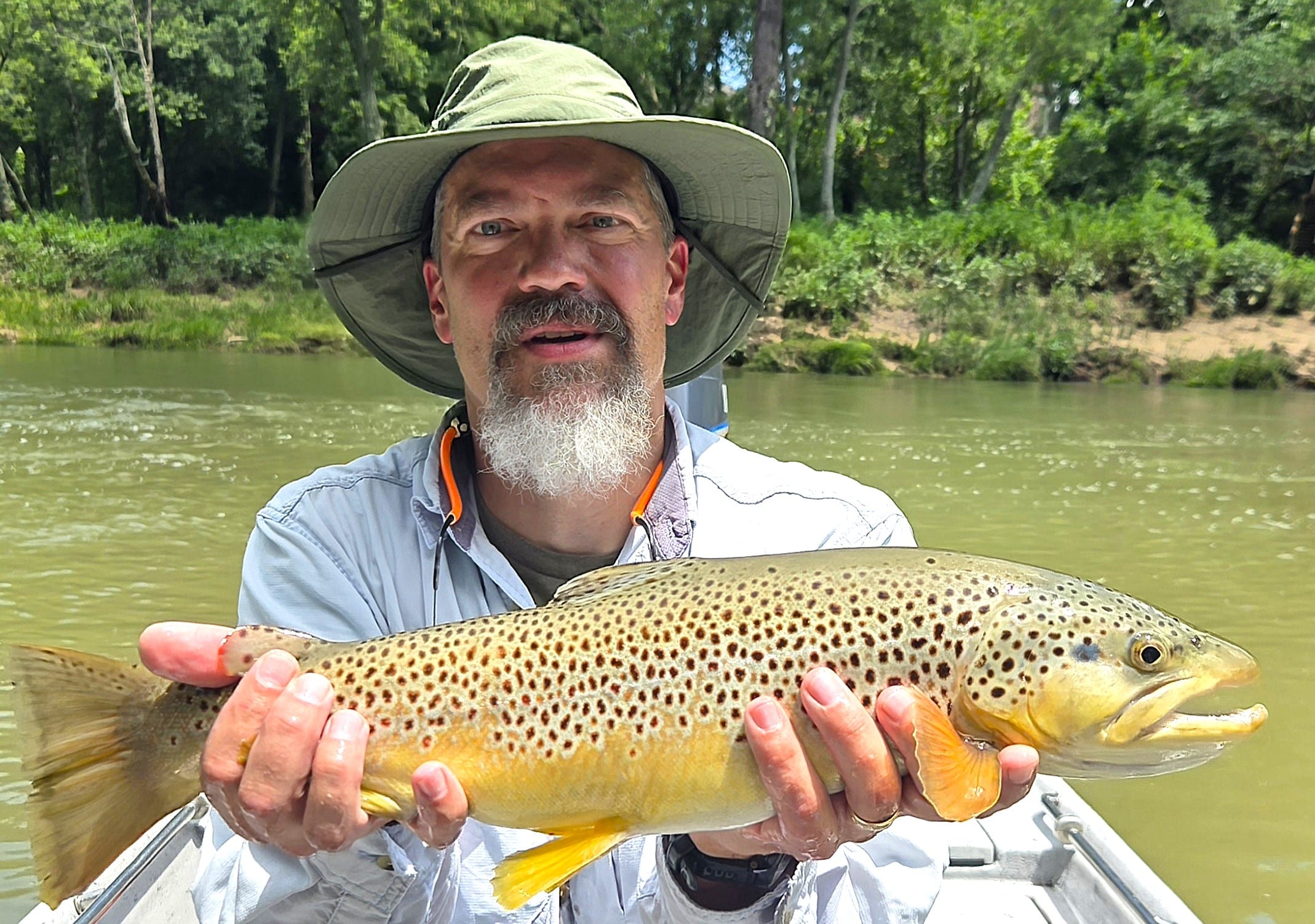
Arkansas Wildlife Weekly Fishing Report
Jul. 3, 2025
Subscribe to Our Weekly Newsletter E-mails
Don’t miss another issue. Sign up now to receive the AGFC Wildlife Weekly Newsletter in your mailbox every Wednesday afternoon (Waterfowl Reports are published weekly during waterfowl season and periodically outside the season). Fishing Reports arrive on Thursdays. Fill in the following fields and hit submit. Thanks, and welcome!

